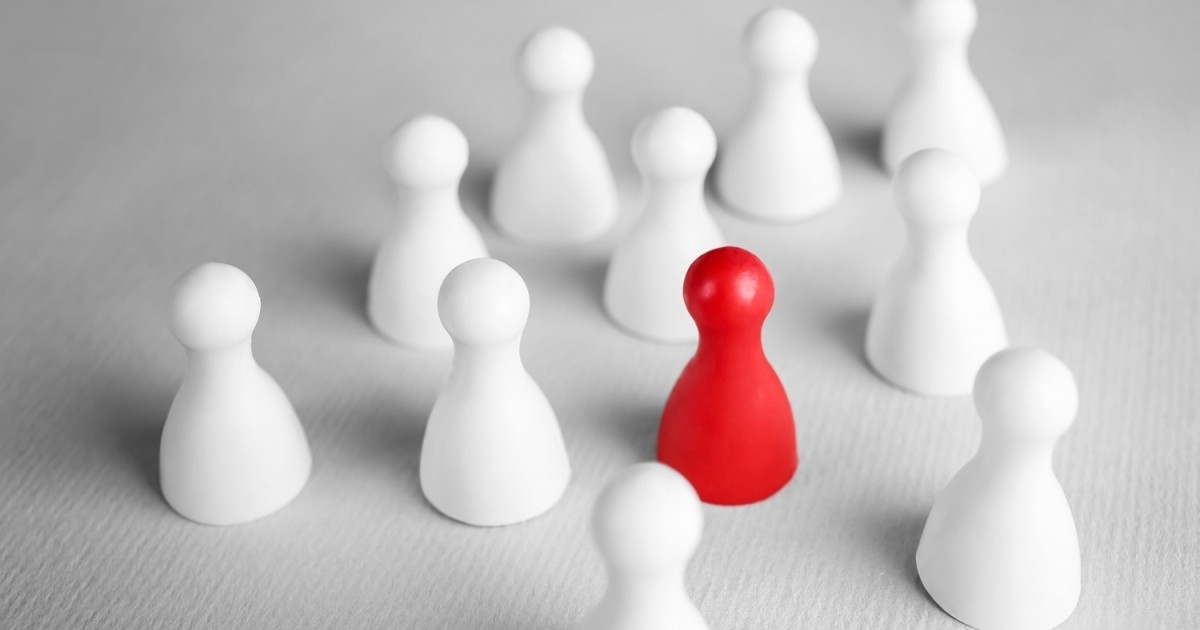The racism is the belief that people belong to different races and that one race is superior to the others.
The discrimination is the action based on prejudice and occurs when there is differential treatment of someone because he or she belongs to a group, category or class.
| Racism | Discrimination | Prejudice | |
|---|---|---|---|
| Definition | Racism is the belief that members of a race possess specific characteristics, abilities, or qualities attributed to that race. | Discrimination is differential (unfair or negative) treatment directed toward a person because he or she belongs to a certain class, group, or category (such as ethnicity, gender, and age). It is prejudice put into action. | A prejudice is a preconceived opinion about a person or group that is not based on previous experience, nor is it based on objective reason. |
| Reason | It is the result of prejudice, the cause of which may be antipathy or hatred towards people with different physical characteristics, such as skin tone, customs, traditions, language or place of birth. | It is caused by prejudice towards people of different age, gender, ethnic group, abilities, sexual orientation, educational level, marital status or family background. | Based on the lack of knowledge, training received and social dynamics of the group of the person who holds it. |
| Consequences | May lead to discrimination or racial prejudice. | Leads to rejection and exclusion of a particular group of people, causing social exclusion, bullyingracial segregation and other similar practices. | It can lead to racism or discrimination towards a particular group. |
| Manifestation | It can be a belief or an attitude. | It is an action, based on a prejudice. | It can be a belief or an attitude. |
| Nature | Conscious and unconscious. | Conscious and unconscious. | Unconscious. |
| Examples | When a person believes that an individual has violent tendencies based on their skin color or the ethnic group to which they belong. | When men and women have the same professional and academic qualifications to perform a job, but there is a wage inequality that favors men. | When someone considers that people from a social or poor neighborhood are dangerous because they live in that place. |
What is Racism
Racism is the belief that members of a race possess specific characteristics, abilities or qualities and that these characteristics determine their superiority.
Racism takes the form of actions, social beliefs, practices, and policies against individuals because they are members of a specific race.
Characteristics of racism
- It can be both individual (personal beliefs and assumptions) and systemic or institutionalized (segregation policies of a state).
- Reference is made to the idea of race to categorize and divide people and groups.
- It proposes the superiority of one group over another, as well as of their respective members.
- Many physical differences are based on phenotypic traits, such as skin or hair color.
- Racial or ethnic stereotypes are used to delimit the social status, type of job, educational level and other variables, which an individual possesses.
- It promotes racial segregation, both explicitly and subtly.
- Condescension and presumption of inferiority about the abilities of members of another racial group (e.g., believing that members of one race do not have the same intellectual capacity as members of another race).
- Promotes an atmosphere of ignorance or indifference about the cultural practices, traditions, and social problems of other racial groups.
- Maintains a bias about the negative aspects of other groups. For example, holding that members of a certain group have a stronger natural inclination toward crime and violence because they belong to a certain race.
- Those who practice racism do not recognize the prejudice on which it is based, nor the consequences it has on the person who suffers it.
Types of racism
- Individual racism: personal opinions or actions, offenses and explicit attacks that a person commits against another person because of his or her race, with the intent to cause him or her harm.
- Racial discrimination or segregation: is the separation of groups through a process of social division.
- Systemic or institutional racism: racial discrimination by governments, corporations, religious and educational institutions or other large organizations that influence people’s lives.
- Racism and civil rights: in this area are the historical, economic or social disparity caused by past racism. Its repercussions reach current generations, manifesting themselves in racist attitudes and unconscious actions of individuals.
- Cultural racism: occurs when cultural values and practices are defined by members of one racial group as the standard of “high culture” or “true art,” ignoring or even eliminating the cultural practices and perceptions of art of other groups.
What is Discrimination
Discrimination is the expression of prejudice in an action. It occurs when there is differential behavior towards members of a group, usually negative, on the basis of their origin, sex, group membership, sexual orientation, age or any other affiliation.
Discrimination implies the rejection of members of a different group, through unfavorable, different, offensive or exclusionary treatment.
A person does not necessarily commit a discriminatory act when he/she is prejudiced or racist, since for it to be discrimination, this person has to commit some action.
Characteristics of discrimination
- Being the expression of prejudice, negative discrimination is not based on any objective reason.
- It involves different types of exclusion or segregation, for example, the separation of groups because of their skin color or religious beliefs.
- There are forms of positive discrimination, generally from an institutional or policy perspective, offered to populations that have been affected by some type of negative discrimination. An example is the reservation of quotas for access to educational institutions or public positions for minorities or women.
- It can be direct: a person is discriminated against for being one way, according to the perspective of the discriminator.
- It can be indirect: when there is a treatment that may seem neutral for all people, but that ends up negatively affecting a person or group.
- It can be expressed as bullying or harassment.
Types of discrimination
- By age: access to jobs, study or other personal and professional development opportunities is limited because of a person’s age.
- By physical disability: a person is discriminated against because of his or her physical characteristics, limiting his or her professional possibilities or personal development.
- Gender or sex: generally occurs against women. For example, it occurs when there is wage inequality or when women’s ability to perform certain activities is questioned and limited.
- Racial or ethnic origin: is discrimination against an individual or group because of their racial or ethnic origin. Racial segregation, limited access to jobs, and offensive and violent treatment by authorities are examples of this type of discrimination.
- Xenophobia: when a person is discriminated against or rejected for being a foreigner.
- Religiousis directed against someone because of his or her religious beliefs. Access to services is denied, freedom of expression is limited, offense is given or violence is used against someone of a different faith.
What is Prejudice
The word prejudice refers to a preconceived attitude held about an individual or group, without objective facts or reasons for it.
This word is often used to refer to a negative attitude that someone has about members of a particular group. For example, when someone considers an individual or group to be different or inferior because of their ethnic or racial origin, gender, nationality, social status, sexual orientation or religion.
Characteristics of prejudice
- If it is negative, it is of a derogatory character, against someone or some thing; when it has a positive character, it can manifest itself as a preference towards something or someone.
- It can occur on an emotional level, such as, for example, holding negative feelings toward a person simply because he or she is considered a member of a group.
- It can present itself at the behavioral level, generating behaviors that can lead to violence or discrimination.
- It can be presented at the cognitive level, based on beliefs or stereotypes, and ignoring objective facts.
- It is resistant to change, even when there are elements that prove that a perspective about someone is not correct, the prejudice usually remains.
- It has a social origin and is affected by intergroup relations.
- The way in which a prejudice is adopted and maintained is unique to each individual.
Types of prejudice
- Racism: the belief that members of one group share specific characteristics that make them inferior to another group.
- Sexism: the assumed idea that members of one sex are inferior because they are of that sex. It is generally directed against women by men.
- Homophobia: antipathy, contempt, aversion or hatred towards people with a different sexual orientation, specifically towards homosexual people.
- Religious discrimination: valuation or disparagement of a person or group because of their religious beliefs.
See also: Prejudice and stereotypes: what they are, differences, types and examples.




